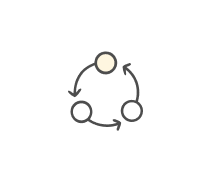IT Service Management - Incident Management
- ITIL
- ISO/IEC 20000
2.
You may optionally provide this to label your report, leaderboard, or certificate.
Submit
Submit
Submit
×
Thank you for your feedback!
















